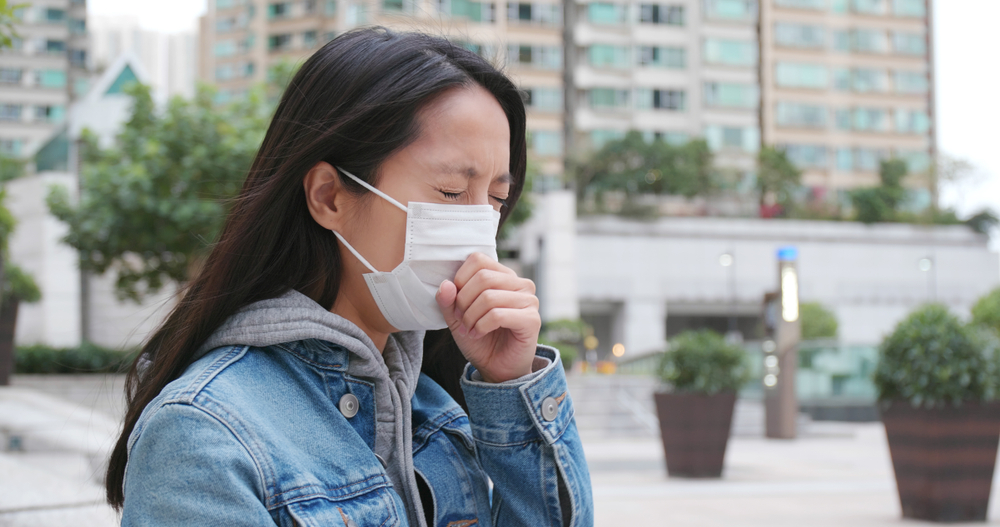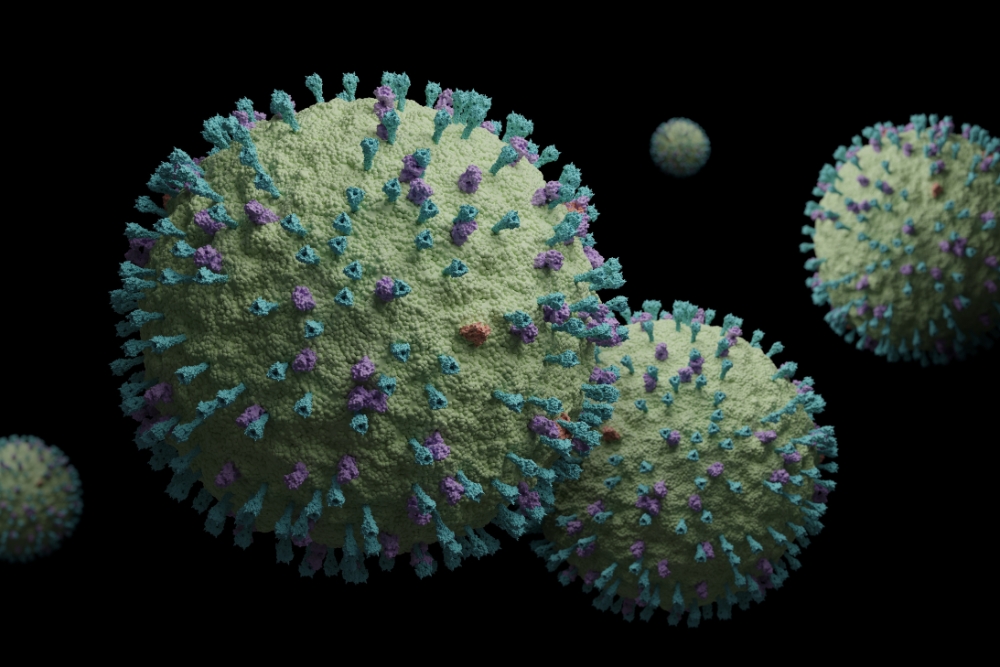Imagine this: Your child comes home from school with what seems like a routine cough. A few days later, it spirals into something more severe – fever, difficulty breathing, and sleepless nights. You rush to the doctor, fearing it’s RSV or the flu, but the test comes back negative. The culprit? A lesser-known virus making waves: human metapneumovirus (HMPV).
HMPV, though less familiar than its viral cousins, has quietly become a major player in respiratory illnesses, particularly among children and the elderly. This virus is now drawing global attention as outbreaks surge in China, triggering concerns about its potential spread and the strain it could place on healthcare systems worldwide.
What is HMPV?
First identified in 2001, HMPV is not a new virus. It belongs to the same viral family as RSV and shares many of its characteristics. It spreads through respiratory droplets, thrives in crowded environments. HMPV is a significant contributor to respiratory illnesses worldwide, particularly during colder seasons like late winter and early spring.
“High-risk individuals like young children under the age of two, elderly and those with advanced cancer are the most vulnerable to HMPV.” shared Dr Hsu Li Yang, Professor of Infectious Diseases and Vice Dean of Global Health in Saw Swee Hock School of Public Health at the National University of Singapore.
Why Haven’t We Heard About HMPV Before?
Despite its potential severity, HMPV hasn’t garnered the same attention as other respiratory viruses. Part of this is because it often gets misdiagnosed as the flu or a cold due to overlapping symptoms.
Testing for HMPV is also not routine in many healthcare systems, meaning its true prevalence is likely underreported.
HPMV On The Rise Globally
This winter, China has seen a significant increase in respiratory infections, including HMPV cases. Some hospitals are overwhelmed, especially paediatric wards, with reports of children needing oxygen support due to severe symptoms.
The Ministry of Health Singapore shared that the weekly HMPV cases ranged from 0.8% to 0.9% among acute respiratory infection cases in 2024. The cases then escalated to between 5.5% to 9% in last December. The rise was consistent with trends in previous years.
Meanwhile, across the border in Malaysia, there was a 45% increase in HMPV infections from 2023 (225 cases) to 2024 (327 cases).
Countries like Taiwan, Cambodia and Vietnam have stepped up their surveillance activities to monitor the HMPV trend and have issued warnings to their population about preventive measures.
In Australia, Centre of Disease Control (CDC) reported 7.8% of the population with respiratory symptoms had HMPV in December 2024.
Epidemiologists are still piecing together why this virus is on the rise now, but many suspect that the COVID-19 pandemic’s disruptions to immunity and healthcare systems may have created the perfect storm.
How Does HMPV Spread?

Similar to other respiratory pathogens such as influenza virus, HMPV is easily transmitted through droplets in situations such as:
- When an infected person coughs or sneezes into the air.
- Direct contact with contaminated surfaces.
- Close personal contact with infected individuals.
What Are The Symptoms of HMPV Infection?
HMPV infections can range from mild symptoms to severe lung infections such as pneumonia. The incubation period is between 3 to 6 days – which is the time between exposure to the virus and the start of symptoms.
The common symptoms include:
- Cough
- Fever
- Fatigue
- Nasal congestion
- Shortness of breath
- Wheezing
How can we treat HMPV?
Currently, there is no specific antiviral treatment or vaccine for HMPV.
The treatment of HMPV infection focuses on supportive care:
- Getting sufficient rest.
- Staying hydrated.
- Taking medications to relieve symptoms such as fever and blocked nose.
If serious symptoms develop, it is crucial to consult a doctor promptly.
How can I protect myself against HMPV?

To keep HMPV infection risk at a minimum, you can follow these simple tips:
- Wash your hands frequently and thoroughly with soap and water.
- Disinfect frequently touched objects or surfaces regularly.
- Cover your nose and mouth when sneezing or coughing.
- If you are feeling unwell, stay at home and wear a mask when going outside to prevent spreading the virus.
- Avoid crowded places or minimise close contact with individuals who have flu symptoms.
- High-risk individuals (e.g. young children, elderly and people with weakened immunity and chronic medical conditions) should see a doctor promptly if they develop any respiratory symptoms.
How Does HMPV Compare to COVID-19?
With increasing concerns about the possibility of HMPV turning into another global pandemic, let us understand how HMPV differs from COVID-19.
| HMPV | COVID-19 | |
| Type of virus | Human metapneumovirus | SARS-CoV-2 virus (a novel coronavirus) |
| Common Symptoms |
HMPV tends to cause more severe symptoms in infants, the elderly, or immunocompromised individuals. |
Severe COVID-19 cases may lead to:
|
| Incubation period | 3–6 days | 1–14 days (average of 5 days) |
| Severity | HMPV infection is generally mild but can cause severe illness in high-risk populations: young children, older adults, and immunocompromised people. | COVID-19 infection can range from asymptomatic to life-threatening.
The risk of complications, such as pneumonia and respiratory failure, is higher in:
|
| Treatment | HMPV is usually self-limiting.
Supportive care, such as adequate rest, hydration and symptomatic relief, is the mainstay. No antiviral treatments are available for HMPV infection. |
COVID-19 is commonly self-limiting and requires supportive care for mild cases.
Antiviral treatments such as Paxlovid and monoclonal antibodies may be required for severe cases. |
| Vaccine availability | No vaccine is currently available for HMPV, but a few are under development. | COVID-19 vaccines are widely available (e.g. Pfizer-BioNTech/Comirnaty, Moderna/Spikevax) |
So, Should We Be Worried?
HMPV should not cause alarm, as it is not a new virus strain. For most healthy individuals, HMPV is typically a self-limiting infection, meaning most people will see their symptoms resolve gradually within a week.
However, for vulnerable groups—children under five, seniors over 65, and people with chronic illnesses—it can lead to serious respiratory complications.
While the recent surge of HMPV cases has drawn attention, adhering to preventive measures can help to mitigate its impact.
Always remember to practise the preventive steps to protect yourself and your family from HMPV. Visit a doctor immediately if you have any respiratory symptoms.
Have more questions about HMPV?
Medical Channel Asia has launched a community forum page where you can get questions answered by a medical specialist. Why not ask them at our community forum here.

